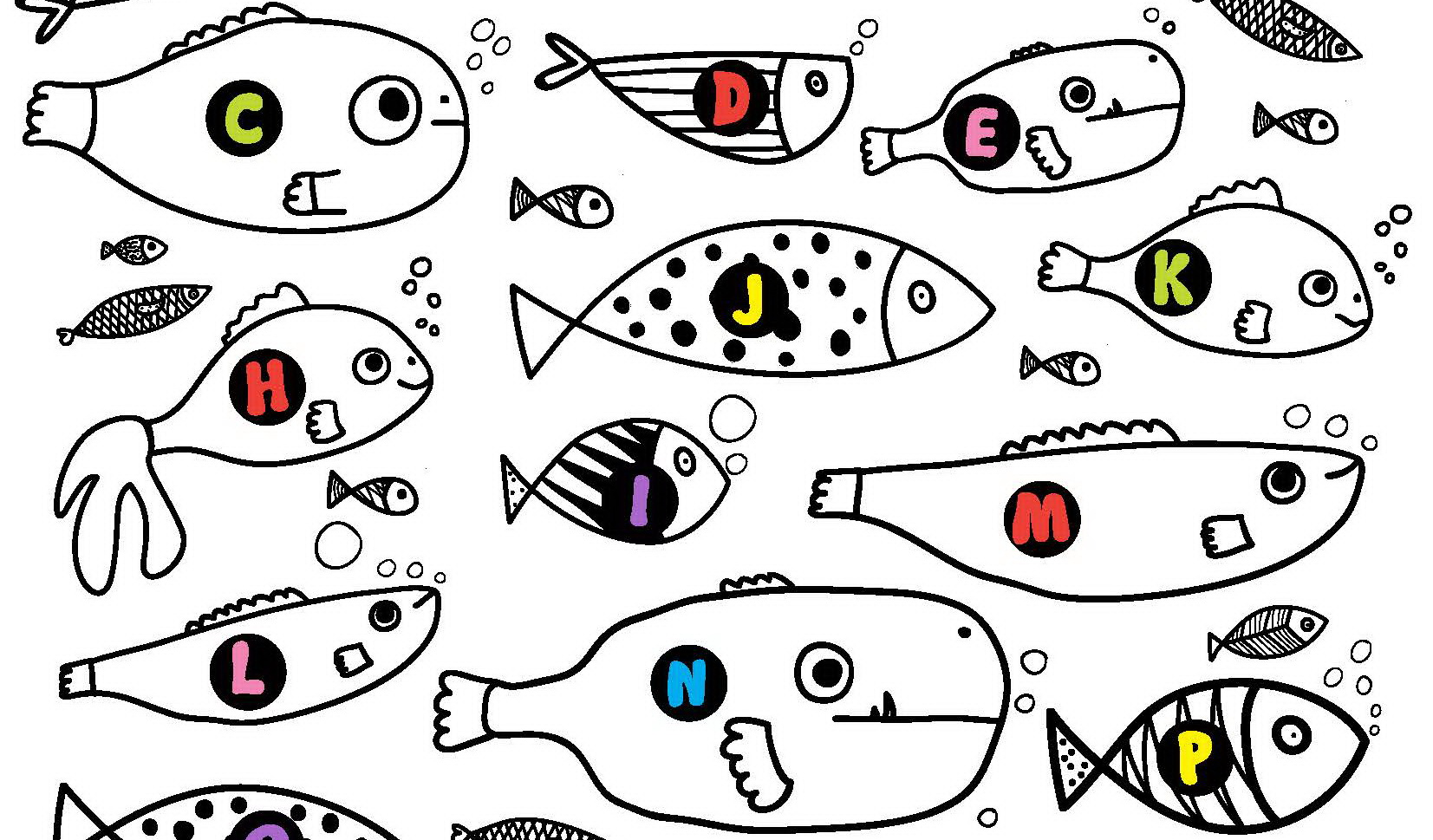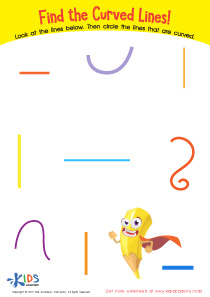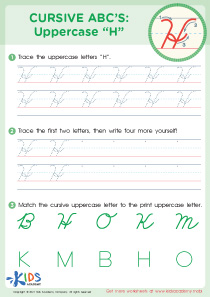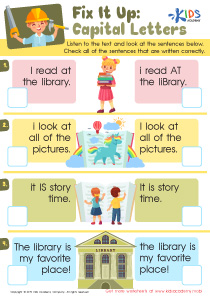Uppercase identification Letter Recognition Worksheets for Ages 5-7
5 filtered results
-
From - To
Boost your child's reading skills with our Uppercase Identification Letter Recognition Worksheets designed for ages 5-7. These engaging and educational worksheets help young learners identify and recognize uppercase letters through fun and interactive activities. Perfect for kindergarteners and first graders, the worksheets reinforce letter-sound relationships and enhance fine motor skills with tracing and writing exercises. Whether used in the classroom or at home, our worksheets provide a solid foundation for early literacy, making learning enjoyable and effective. Help your little one master the alphabet and build confidence in their reading journey with our expertly crafted resources.
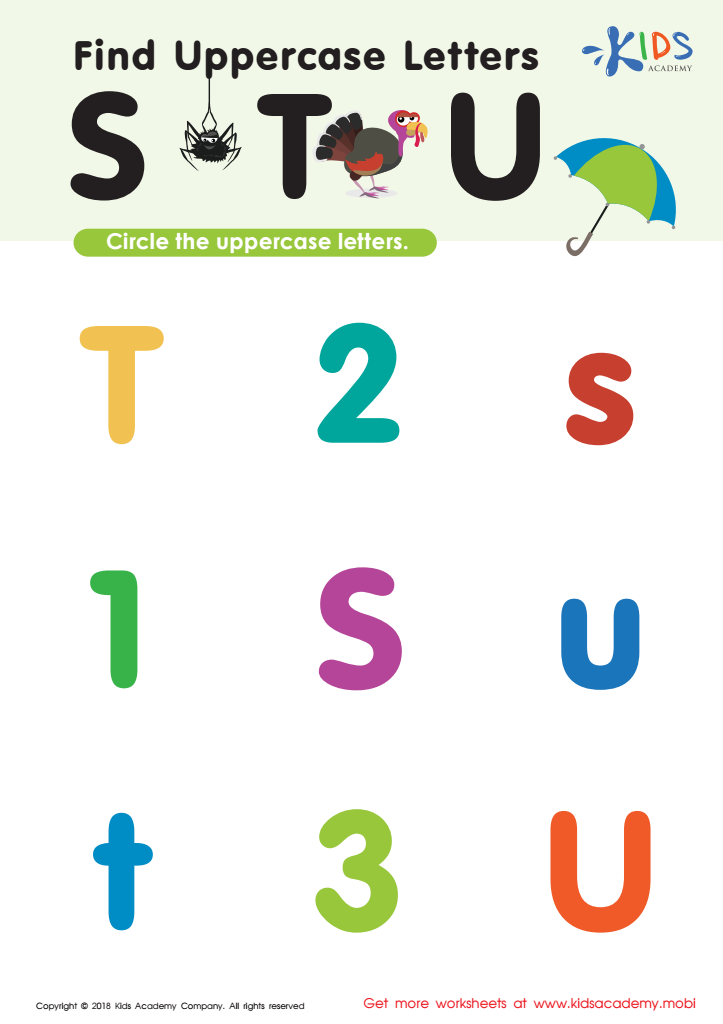

Find Uppercase Letters Worksheet


Find Uppercase Letters J, K, and L Worksheet
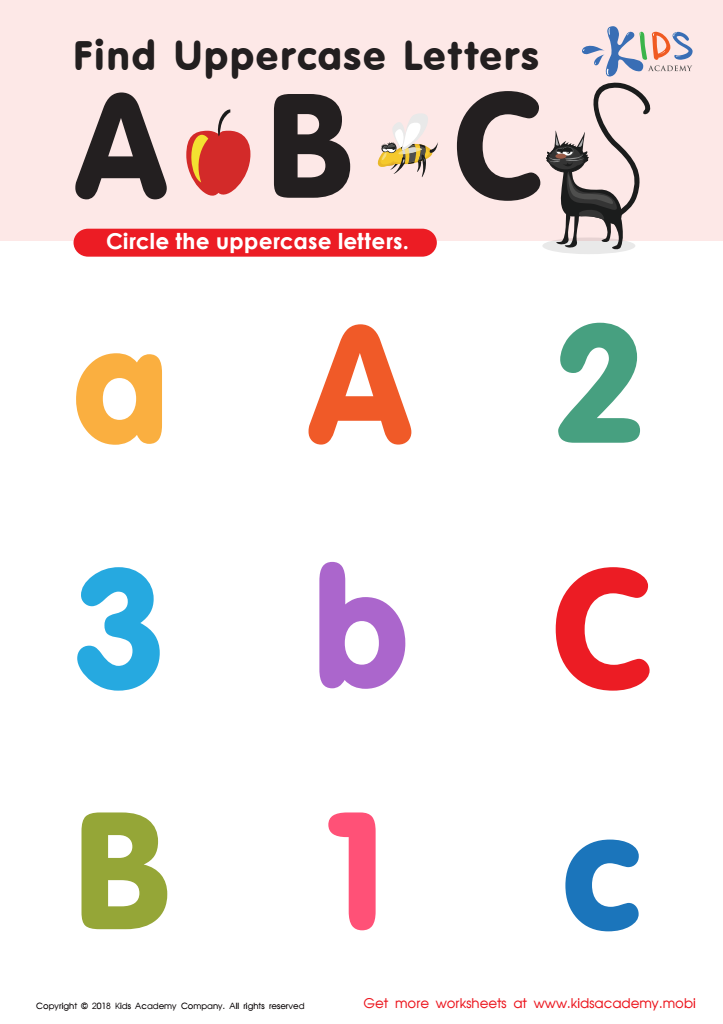

Find Uppercase Letters A, B, and C Worksheet
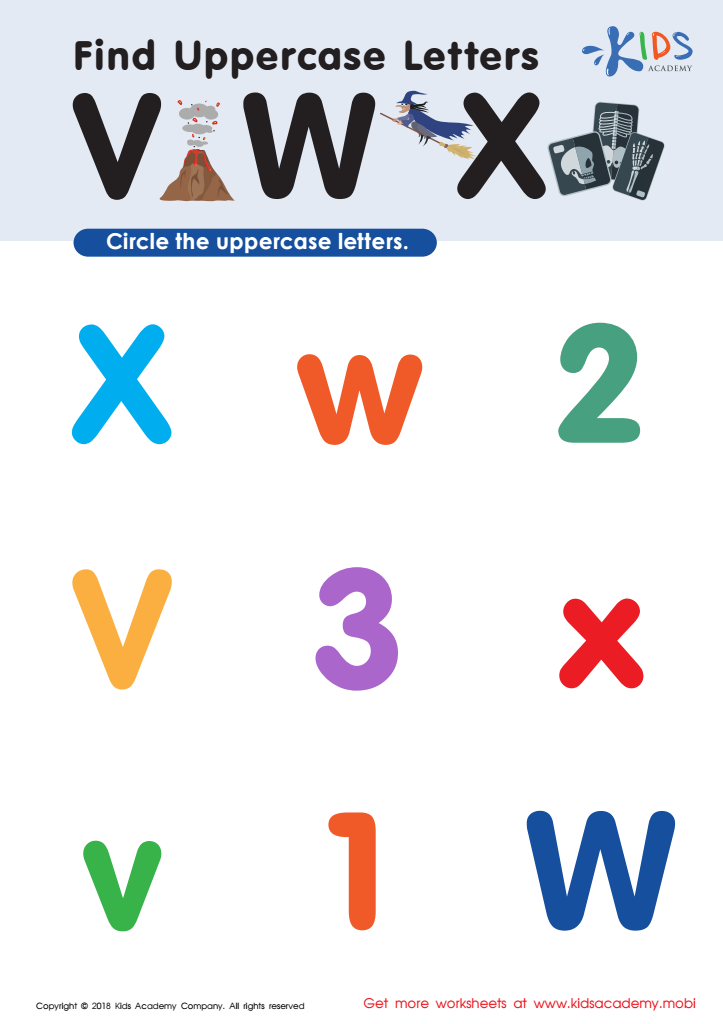

Find Uppercase Letters V, W, X Worksheet


Find Uppercase Letters M, N, and O Worksheet
Parents and teachers should prioritize uppercase letter recognition for children aged 5-7 because it lays a critical foundation for their reading and writing skills. At this developmental stage, children are highly receptive to learning visual cues, which makes it an ideal time to introduce them to the shapes and forms of letters. Uppercase letters often appear in instructional materials and early reading books, making them a frequent visual component of a young reader's environment. Recognizing these letters boosts a child's confidence and fluency in both reading and writing, enabling smoother transitions to understanding lowercase letters and actual word formation.
Furthermore, early mastery of uppercase letter identification supports linguistic development and cognitive abilities, fostering enhanced concentration, memory, and fine motor skills. It promotes phonemic awareness, helping children to connect letters with corresponding sounds, which is a crucial step in decoding words and learning to read. Engaging children in fun activities centered on uppercase letters can make learning enjoyable and help cement these skills effectively.
Moreover, being proficient in letter recognition prepares children for the academic challenges they will encounter, setting them up for greater success and reducing potential reading difficulties later on. Therefore, focusing on uppercase letters is integral to a child's overall educational development and lifelong learning trajectory.
 Assign to My Students
Assign to My Students







